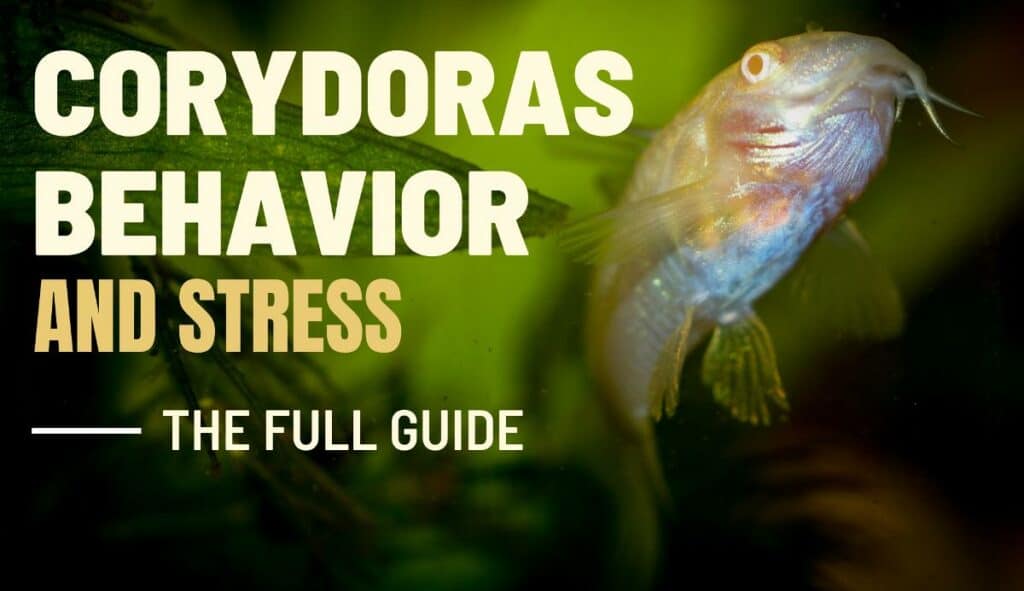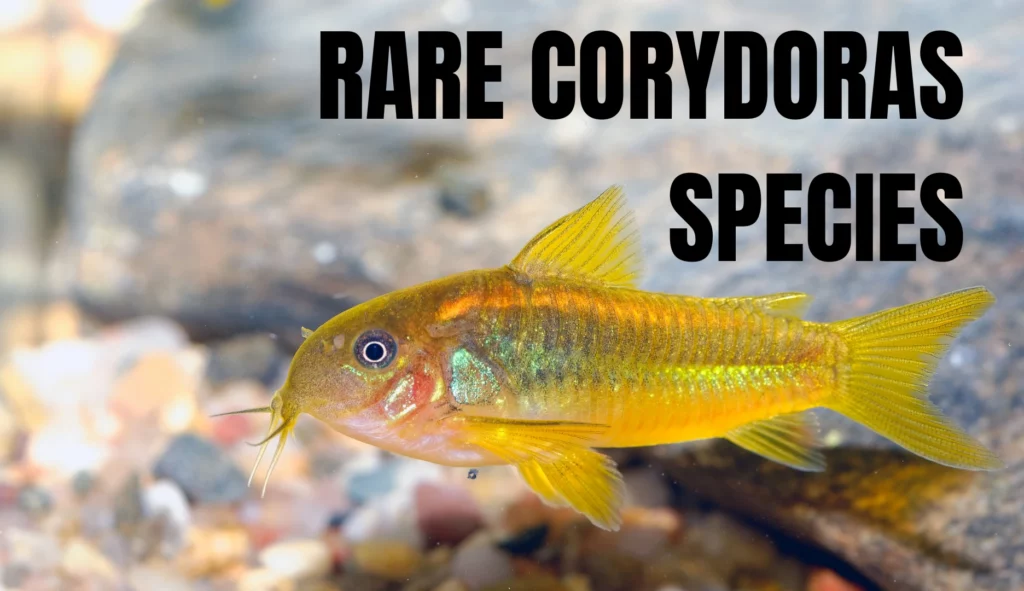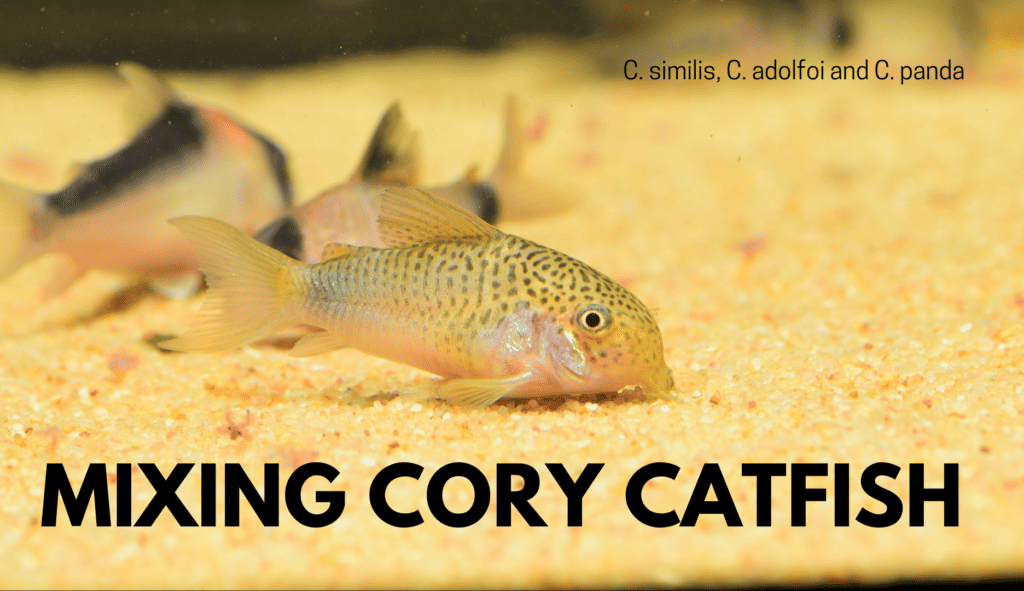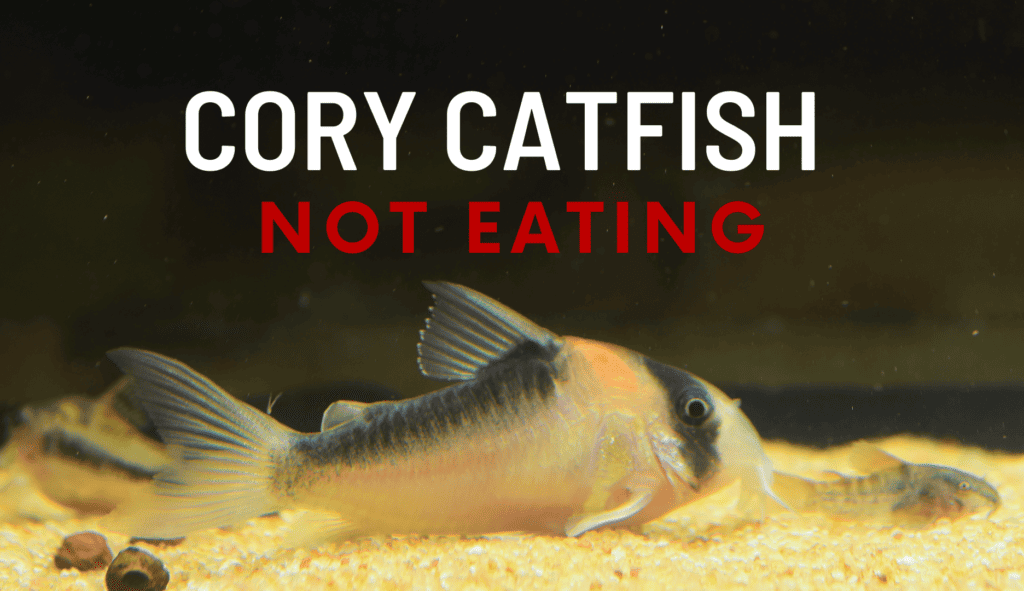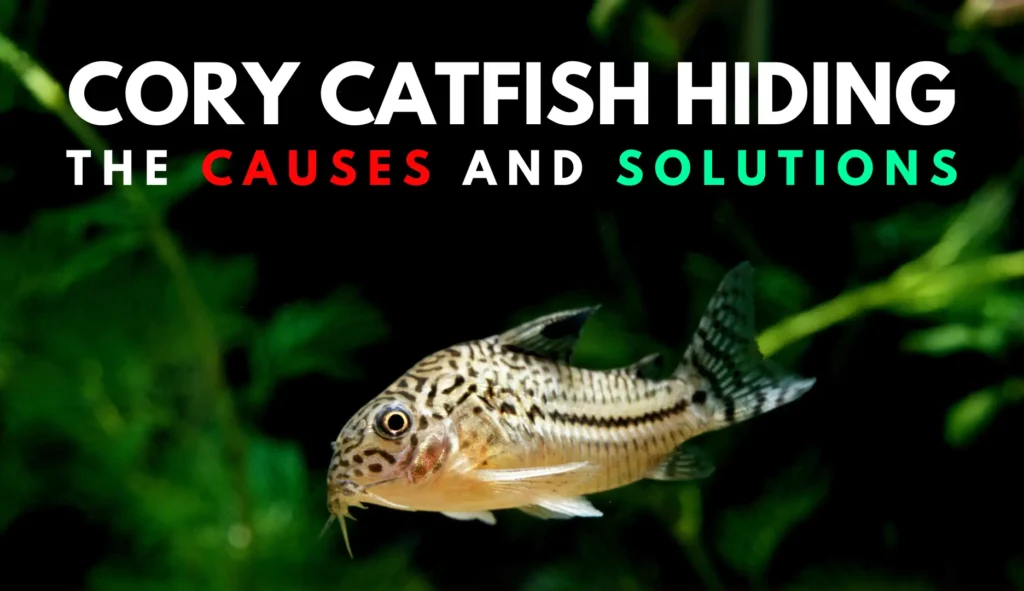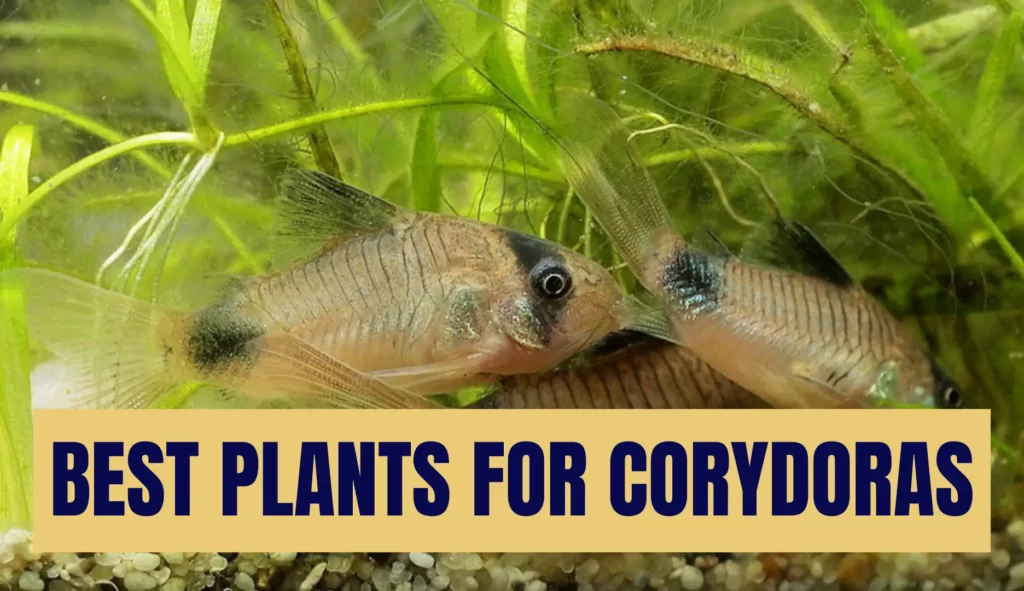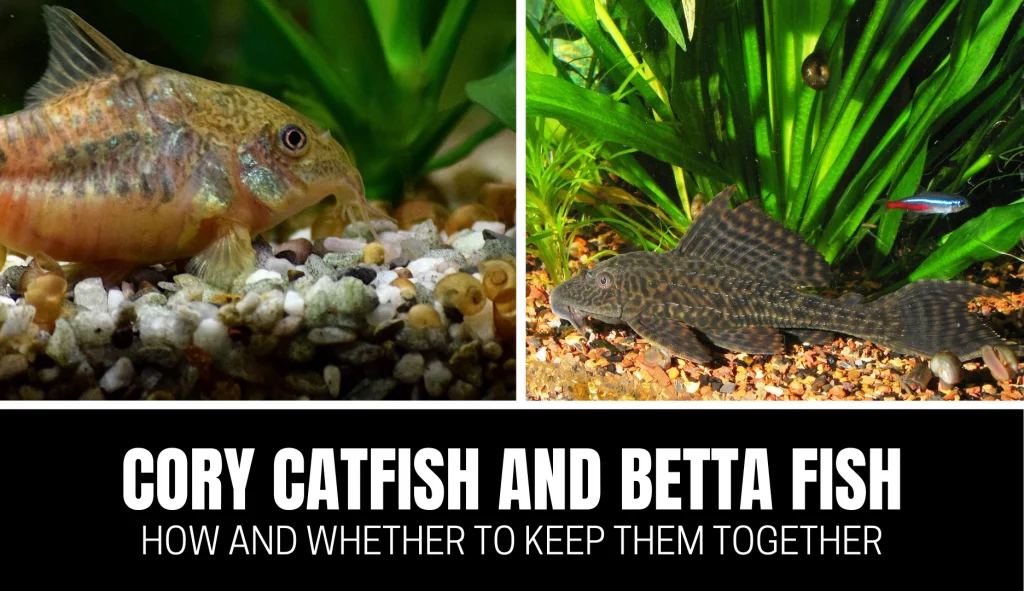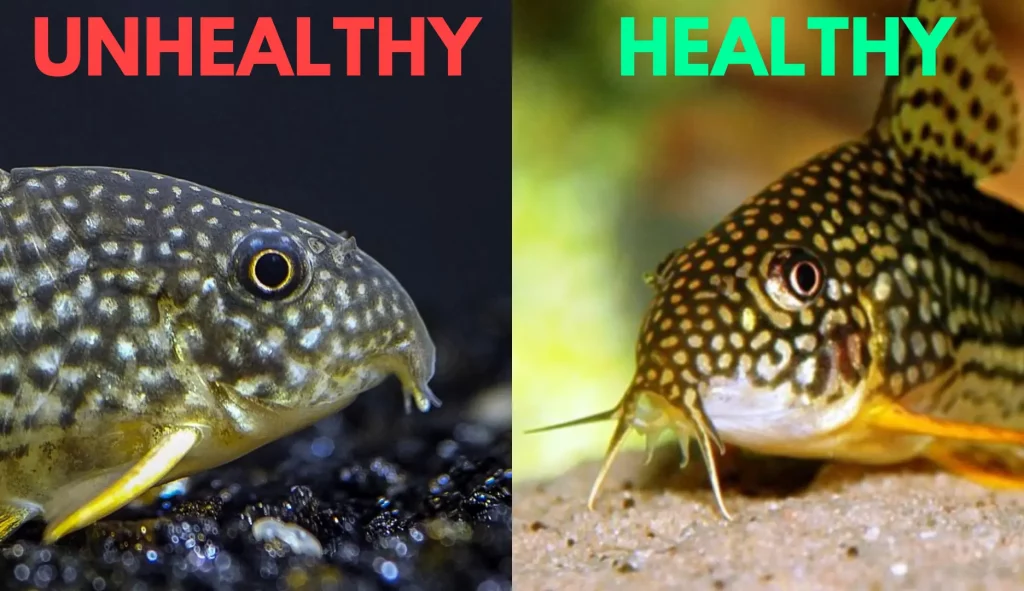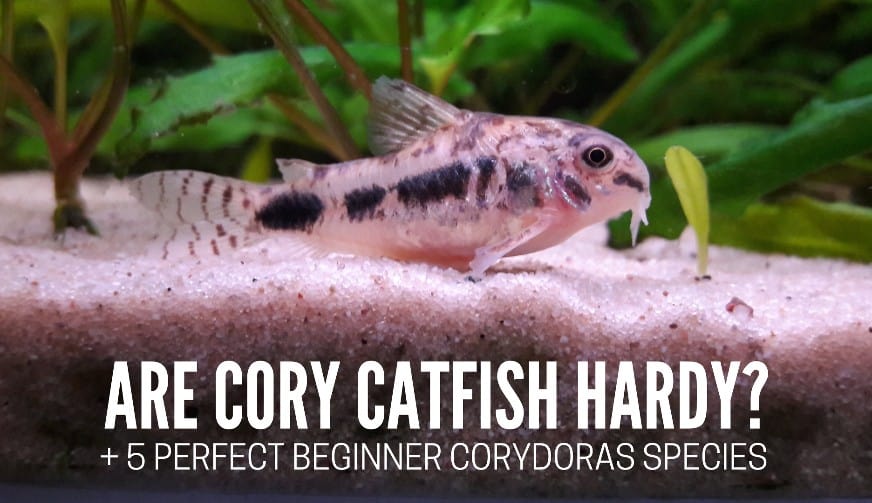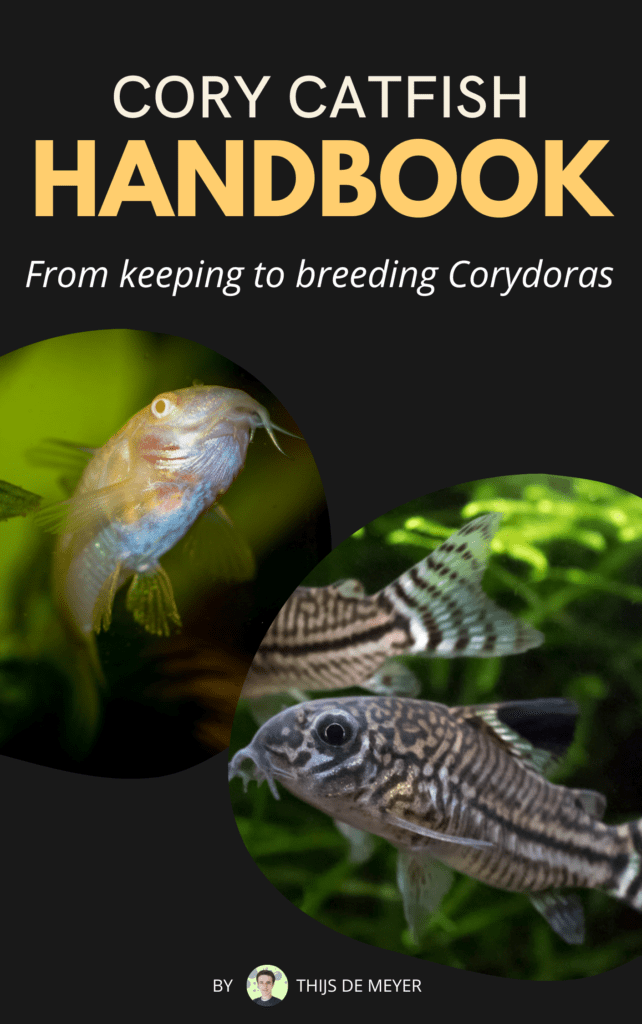Cory catfish are lively fish and certainly amazing fish. But sometimes they can seem a little bit too lively or weird. Well, in this article I’m going to discuss why your cory catfish might be swimming like crazy through your tank.
I have also listed a couple of other types of odd cory catfish swimming behavior that you might recognize.
Why is my cory catfish swimming like crazy?
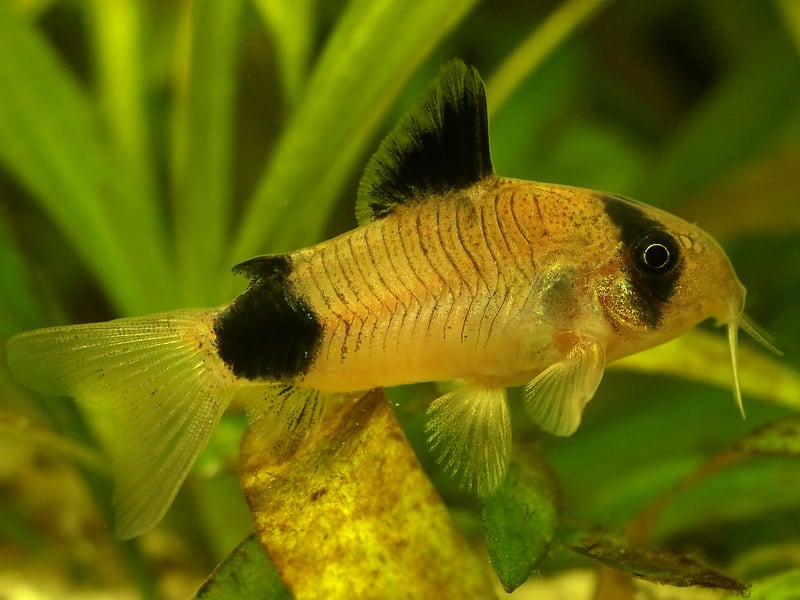
Cory catfish are quite calme fish that like to do everything at their own pace. So, it can be a worrying sight when your cory catfish are swimming more and faster than usual through your tank. It’s important to take note of this behavior and carefully analyze it so that you can find the cause. But here’s a quick answer on why cory catfish can swim like crazy.
If you notice your cory catfish is swimming more actively than usual, it’s often because of excitement and is thus innocent. However, if you notice your catfish breathing fast or swimming sideways at the same time, this is caused by either a disease, bad water parameters or stress.
There are quite some reasons that cause this excitement or more energetic behavior of cory catfish. As stated above, most of the time behavior listed here is innocent and will only become a problem if other unnatural behavior is apparent at the same time.
Testing your water parameters using a test kit is crucial to ensure bad water parameters aren’t the cause.
1. New tank setup
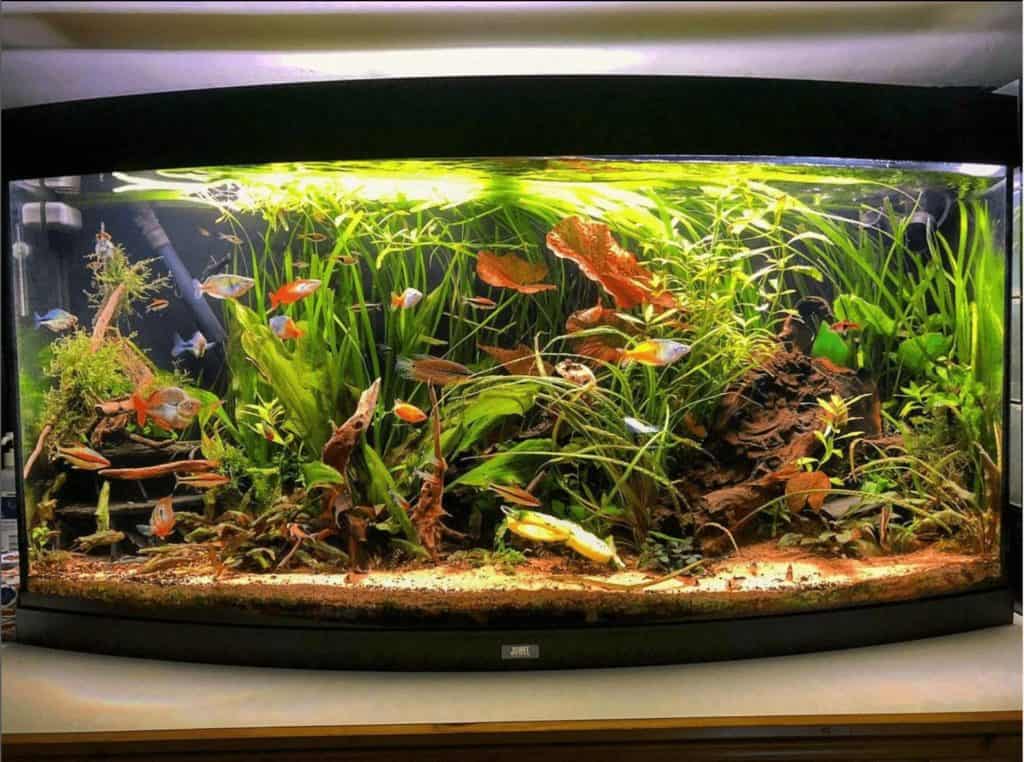
As cory catfish are very lively fish, it’s completely normal to react to changes by swimming more actively than normal. Consider this a form of healthy stress.
If you buy cory catfish and put them in your tank, it’s also completely normal for them to swim abnormally active for some time.
Apart from changing your whole tank setup, this can also mean adding new plants or reshaping the tank to which Corydoras might react.
2. New fish added
New fish added to the tank can be a source of stress or excitement for cory catfish. Although they’re generally not that interested in their tank mates, cory catfish can react to it by being more active.
3. Breeding behavior
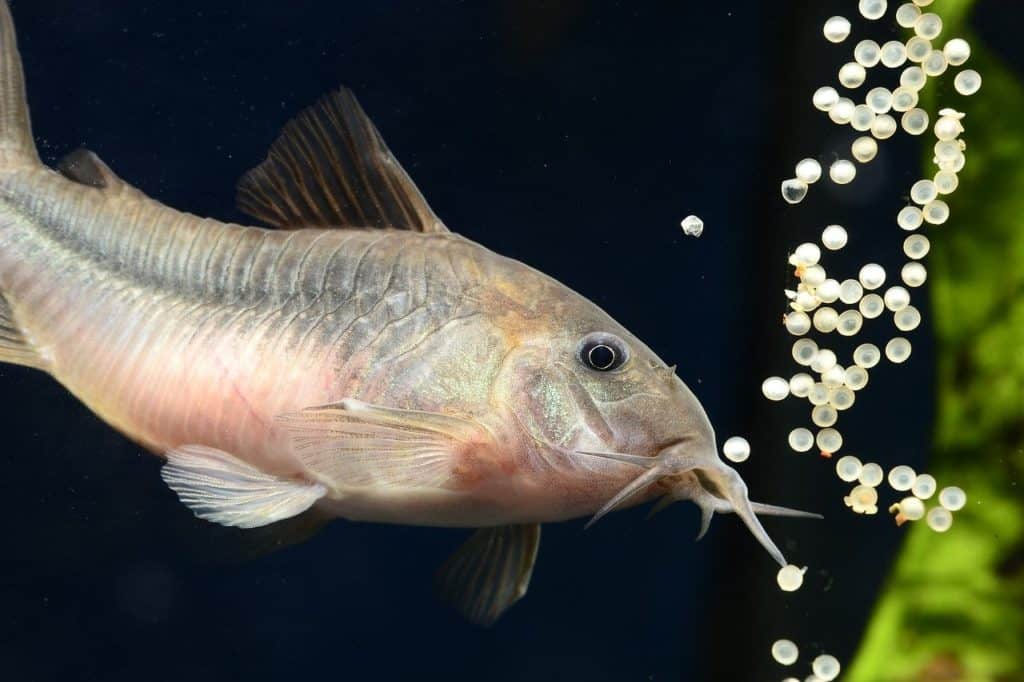
You might not have thought about this option, but it could be very well that your cory catfish are actually spawning. Breeding behavior is often incentivized by colder water changes, changes in the cory catfish’ diet or weather conditions.
The following cory catfish species spawn very easily and there’s a good chance they breed in a community tank:
- Bronze cory catfish
- Albino cory catfish
- Peppered cory catfish
Typically, cories will swim against the glass up and down repeatedly when they are spawning. Here’s a video on what it looks like:
So, if you notice white eggs against the glass, you can be sure your cories have been busy :).
Read more about breeding cory catfish.
4. Water temperature fluctuations
Cory catfish will react to water temperature fluctuations by changing their demeanor and mainly when the water cools down, Corydoras get excited.
Because cory catfish are hardy fish, this is nothing to worry about. In fact, temperature fluctuations are entirely normal in nature, too.
When the temperature drops, this is an indicator for cory catfish that the rainy season has begun and that the breeding season has started. As pointed out, cory catfish are more actively during this spawning process.
5. Water changes
You might have noticed this with other fish species, too. When fresh, new water is added, cory catfish often get excited even when there is no temperature fluctuation.
Signs your cory catfish is stressed
Apart from your cory catfish swimming more actively than normal, it’s also to take a look at what it looks like when your fish are stressed. This ensures that your cory catfish stays in great health.
1. Hiding often / shyness
Hiding isn’t natural behavior for cory catfish. Corydoras are normally lively fish that love to explore the tank. As we’ve discussed, it’s also not uncommon for these fish to swim against the glass or very actively upon changes.
It’s totally normal for cory catfish to hide sometimes, though. As they’re bottom-dwelling fish they are used to being prey animals.
If you have wild-caught cory catfish, they will tend to hide more and be shyer.
Although contrary to what most would think, adding more covers like driftwood, stones, and most importantly, live plants, makes your Corydoras more comfortable. This means that they’ll be less shy.
2. Passive behavior
Cory catfish are fish that should swim and dig through the bottom of your tank.
If you notice your cory catfish always sitting in the same spot, not moving a lot this is a clear sign that it’s stressed.
Test your water parameters using a test kit to ensure this isn’t the cause.
3. Loss of color
When fish are stressed, they become paler and tend to lose some of their colors.
This is totally normal when you just added your cory catfish to their new tank. Being transported in a fish bag and going through these drastic changes is quite stressful. However, if you have your cory catfish for a while and see them turning white, it’s most likely sick or very stressed.
4. Keeping Corydoras not in groups
Corydoras are fish that must be kept in groups. Unfortunately, many pet stores give wrong advice regarding this matter and only think about profit, not the well-being of your fish.
In their natural habitat, cory catfish live in shoals of sometimes thousands of specimens, so they can defend themselves against predators.
Of course, it isn’t possible to keep thousands of cory catfish in your tank, but a group of 6 fish is about the minimum group size. This suits a 20-gallon tank. As a general rule, the bigger the group the better if your tank can handle it.
Important to note is that this means 6 or more Corydoras of the same type/species. As a general rule, it’s better not to mix species.
Read more about how many cory catfish to keep in this full guide on our website.
5. Sickness sympthoms
Sickness can be caused by long-term stress. Stress weakens the immune system, making the fish more subject to infections.
There are a lot of diseases all of which have different symptoms, but here are some of the most common symptoms to look out for. If not treated, this will lead to the death of your Corydoras.
FAQs in Corydoras behavior
Why is my cory catfish swimming eretically?
Why is my cory catfish swimming up and down?
It’s a quite common sight: cory catfish swimming up and down their tank to the surface. If you don’t have a lot of experience with cory catfish, this might seem concerning.
It’s normal for cory catfish to swim up and down their tank. They do this to gulp for air and it’s nothing to worry about. However, if you see your cory catfish gulping too much at the surface, this can become a problem.
In normal circumstances, a cory catfish should gulp for air every few minutes. If you see your fish constantly hanging around at the top of your tank, this means it has an oxygen deficit and it might be dying. Consult our full guide on how to save a dying Corydoras here.
Why is my cory catfish swimming upside down/sideways?
If your cory catfish is swimming upside down or sideways, it has a swim bladder problem. A swim bladder can be caused by a disease, bad diet, lower water temperature, or infections like dropsy.
If you see your cory catfish swimming sideways or upside down, make sure to research all further symptoms to find out the cause.
Why does my cory catfish swim sideways?
Conclusion
If your cory catfish is swimming crazy or faster than usual, it can be for several reasons.
It’s important to note that this behavior is often innocent, and because of the playful nature of these fish.
Here are the most likely reasons your Corydoras are swimming more actively than normal:
- New tank setup
- New fish added
- Breeding behavior
- Water temperature fluctuations
- Water change

